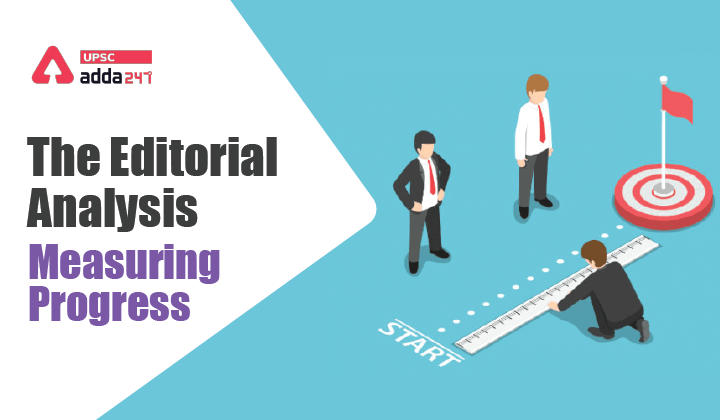Table of Contents
NFHS 5: Relevance for UPSC Exam
- GS Paper 2: Governance, Administration and Challenges- Issues relating to development and management of Social Sector/Services relating to Health
NFHS 5: Context
- National Family Health Survey (NFHS) 5 phase II findings have been released by the government recently.
NFHS 5: Key Findings
- The results of the NFHS are usually mixed, and improvements in certain sectors ride along with stagnation and deterioration in other sectors, this year.
- In NFHS 5, there have been radical improvements in maternal and child health, sex ratio and population control.
- A greater proportion of births than ever before is now happening in institutions, more children in the 12-23 months age group have received their vaccinations.
- India has achieved a total fertility rate of 2.0, dropping further from the figure of 2.2 during NFHS-4, indicating that India has contained the population explosion.
- Having measured blood sugar and hypertension in the population for the first time, NFHS-5 highlighted the looming threat from lifestyle diseases.
NFHS 5: Key Observations
- Policies, some even coercive, as in the case of the family planning sector, seem to have borne fruit, years after they were implemented.
- While gender ratio has, for the first time, recorded more women per 1,000 men, the gender ratio at birth in the last five years still underlines the persistence of a deep-rooted son preference.
- Childhood nutrition saw marginal gains, especially in wasting and severe wasting, but these are deemed insufficient and require renewed corrective efforts.
- Impact of the pandemic: It shows that pandemics have caused disruption to services such as balanced nutrition for children.
The Editorial Analysis- Breaking the Ice
National Family Health Survey (NFHS) 5
- About: National Family Health Survey (NFHS) 5 phase 2 this year, covering over six lakh households across the country.
- Objective: NFHS 5 aims at providing data that will help shape the policies in a manner that will correct deficiencies, and ensure equitable access to services, particularly those with an impact on social determinants that improve the quality of life.
- State-level indices are also released, to provide comparisons, but also to allow States to launch course correction, or to be inspired by success stories in other regions.
- Inputs on marriage and fertility, family planning, access to education and health services are provided by the NFHS.
The Editorial Analysis: Dynamism in India-U.S. ties
NFHS 5: Way forward
- States need to treat it as such, and while they might dispute some assessments, the greater idea is to recognize it as a matrix to work on, to improve the development indicators further.
- The Centre must not treat findings of NFHS 5 as a mere stocktaking exercise, but harness the opportunities the NFHS provides for launching reform or re-assessing certain policies without using it as a political tool in a federal setup.
Journey of Panchayati Raj System in the Country
NFHS 5: Conclusion
- A periodic assessment of health and social development indicators is crucial for any country that is still clawing its way towards achieving ideal standards in the Human Development Index.
- The findings of NFHS 5 underscores the need for building resilient and fortified systems capable of delivering in the most trying circumstances.




 TSPSC Group 1 Question Paper 2024, Downl...
TSPSC Group 1 Question Paper 2024, Downl...
 TSPSC Group 1 Answer key 2024 Out, Downl...
TSPSC Group 1 Answer key 2024 Out, Downl...
 UPSC Prelims 2024 Question Paper, Downlo...
UPSC Prelims 2024 Question Paper, Downlo...
